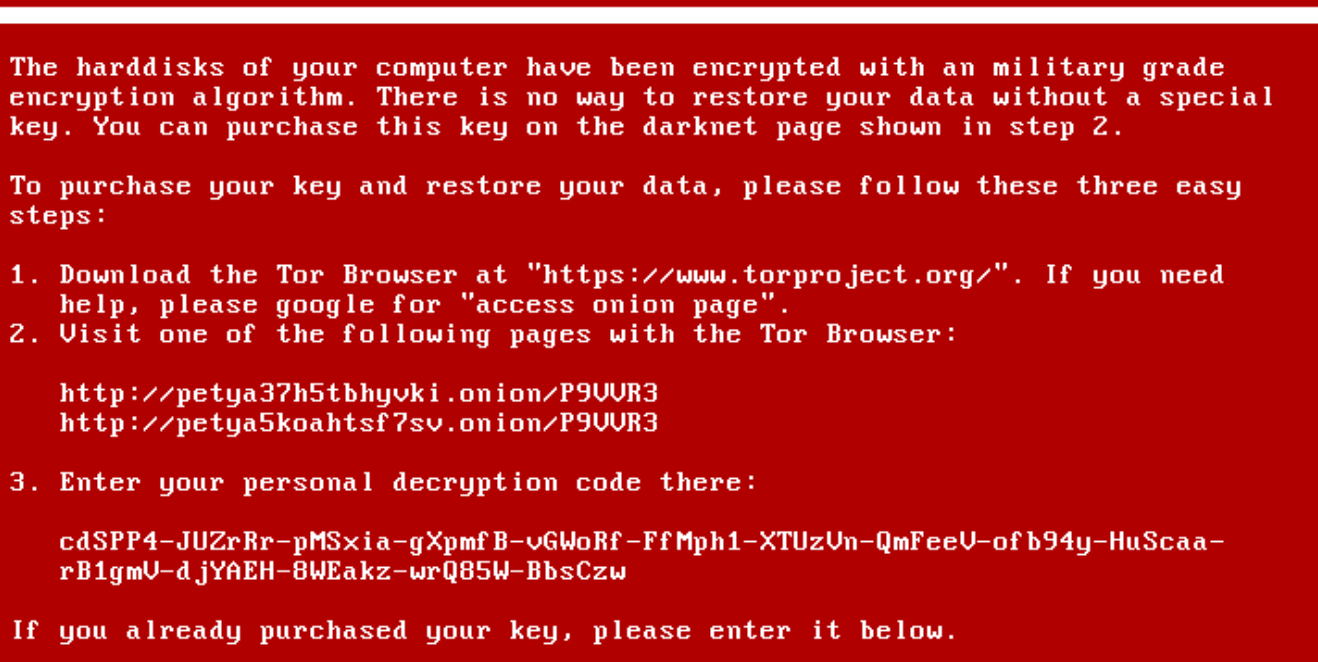What is UDS:DangerousObject.Multi.Generic
UDS:DangerousObject.Multi.Generic is a detection name used by Kaspersky anti-virus software. Unfortunately, Kaspersky detecting this threat on your computer means that either your computer is infected with a trojan, or it’s a false positive. The latter scenario is the most likely. Nonetheless, you should not immediately disregard the detection as a false positive without double-checking whether an infection is actually present.
While some malware infections show very obvious signs of being present, others may stay completely hidden to avoid detection. Infections like ransomware encrypt files so it’s very obvious when it’s infecting a computer. Common signs include your computer performing slower than usual without an obvious reason, programs crashing randomly or not launching at all, and unknown processes appearing in your Task Manager.
However, some trojan infections try to stay hidden in order to perform their malicious activities without being noticed. For example, password-stealing trojans would show no obvious signs of being present to continue operating for as long as possible. So even if you do not notice any signs, you should not dismiss Kaspersky detecting something as UDS:DangerousObject.Multi.Generic as a false positive. Just to be sure, you need to check your device with a different anti-virus program.
Remove UDS:DangerousObject.Multi.Generic
If there are no signs of infection being present but Kaspersky still detects a file as UDS:DangerousObject.Multi.Generic, you should scan your computer with a different anti-virus program. If there is indeed malware on your device, the other anti-virus program will detect it. If nothing is detected, Kaspersky’s detection is likely a false positive. If it is a false positive, the issue is with Kaspersky and there’s not much you can do. If you want to continue using Kaspersky anti-virus software, you will need to delete the detected file. You should also report the false positive so the anti-virus can solve it on their end.
Offers
Download Removal Toolto scan for UDS:DangerousObject.Multi.GenericUse our recommended removal tool to scan for UDS:DangerousObject.Multi.Generic. Trial version of provides detection of computer threats like UDS:DangerousObject.Multi.Generic and assists in its removal for FREE. You can delete detected registry entries, files and processes yourself or purchase a full version.
More information about SpyWarrior and Uninstall Instructions. Please review SpyWarrior EULA and Privacy Policy. SpyWarrior scanner is free. If it detects a malware, purchase its full version to remove it.

WiperSoft Review Details WiperSoft (www.wipersoft.com) is a security tool that provides real-time security from potential threats. Nowadays, many users tend to download free software from the Intern ...
Download|more


Is MacKeeper a virus? MacKeeper is not a virus, nor is it a scam. While there are various opinions about the program on the Internet, a lot of the people who so notoriously hate the program have neve ...
Download|more


While the creators of MalwareBytes anti-malware have not been in this business for long time, they make up for it with their enthusiastic approach. Statistic from such websites like CNET shows that th ...
Download|more
Site Disclaimer
2-remove-virus.com is not sponsored, owned, affiliated, or linked to malware developers or distributors that are referenced in this article. The article does not promote or endorse any type of malware. We aim at providing useful information that will help computer users to detect and eliminate the unwanted malicious programs from their computers. This can be done manually by following the instructions presented in the article or automatically by implementing the suggested anti-malware tools.
The article is only meant to be used for educational purposes. If you follow the instructions given in the article, you agree to be contracted by the disclaimer. We do not guarantee that the artcile will present you with a solution that removes the malign threats completely. Malware changes constantly, which is why, in some cases, it may be difficult to clean the computer fully by using only the manual removal instructions.

